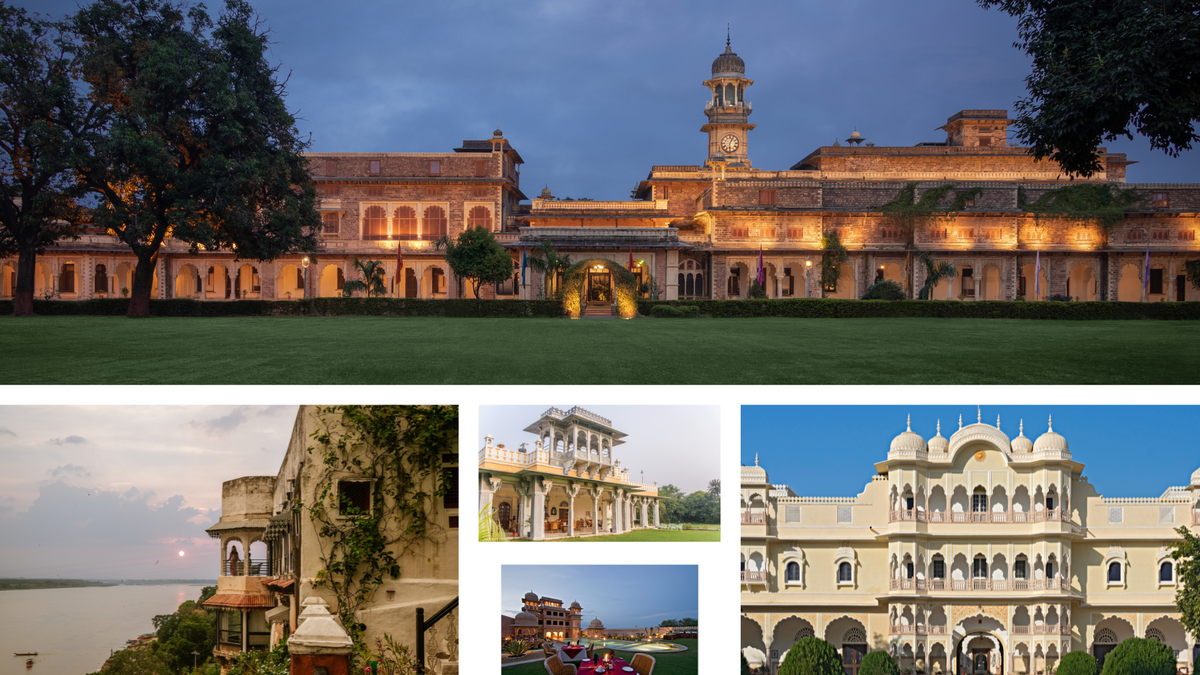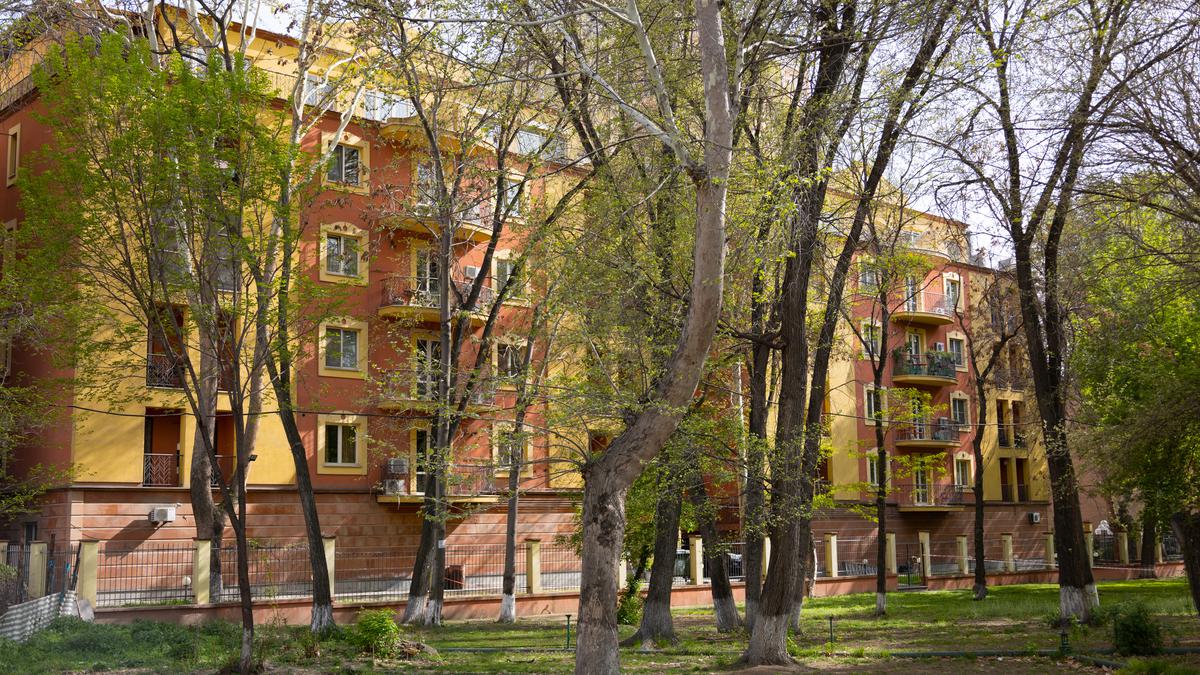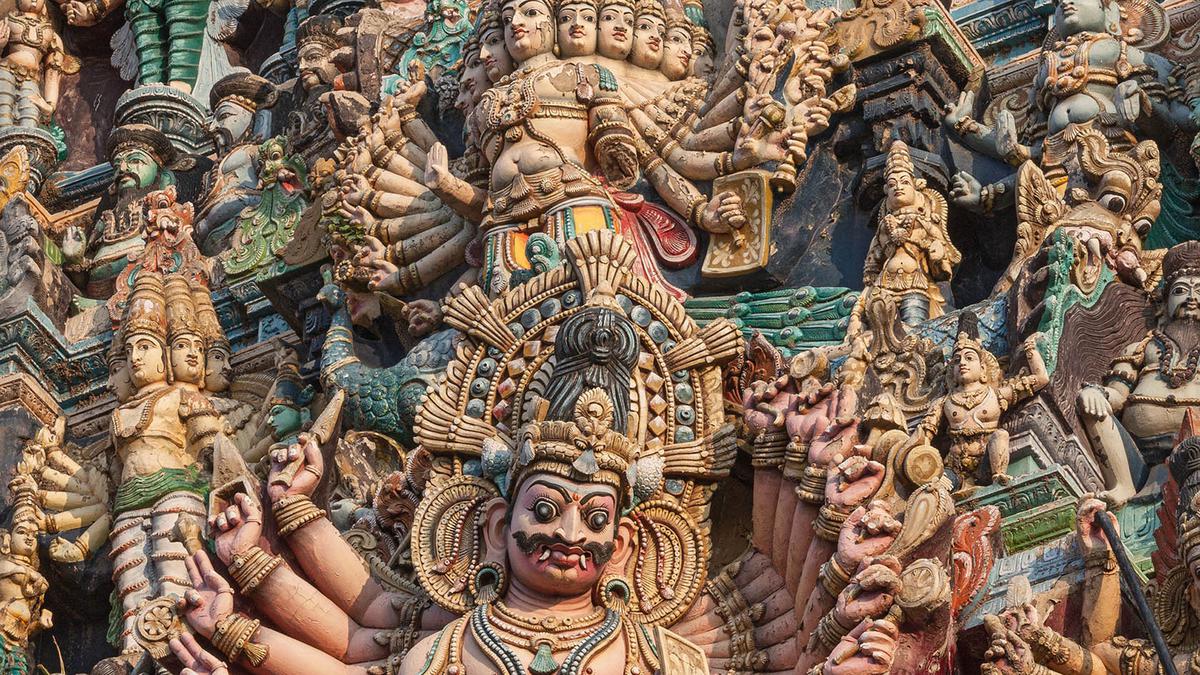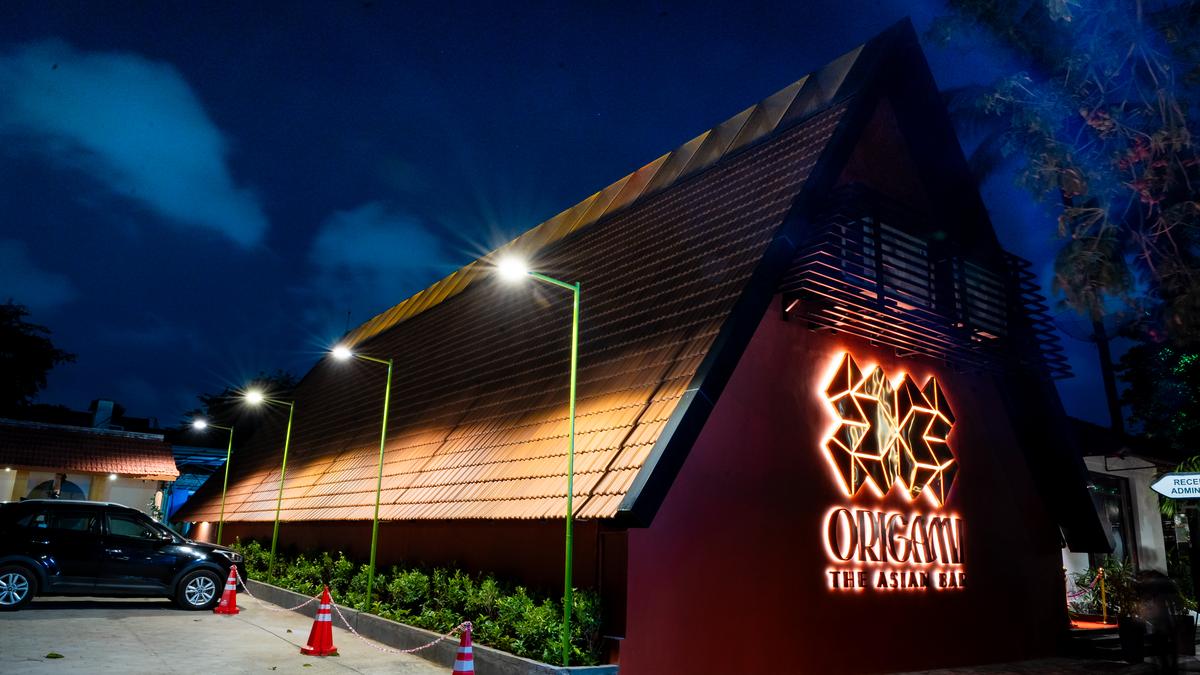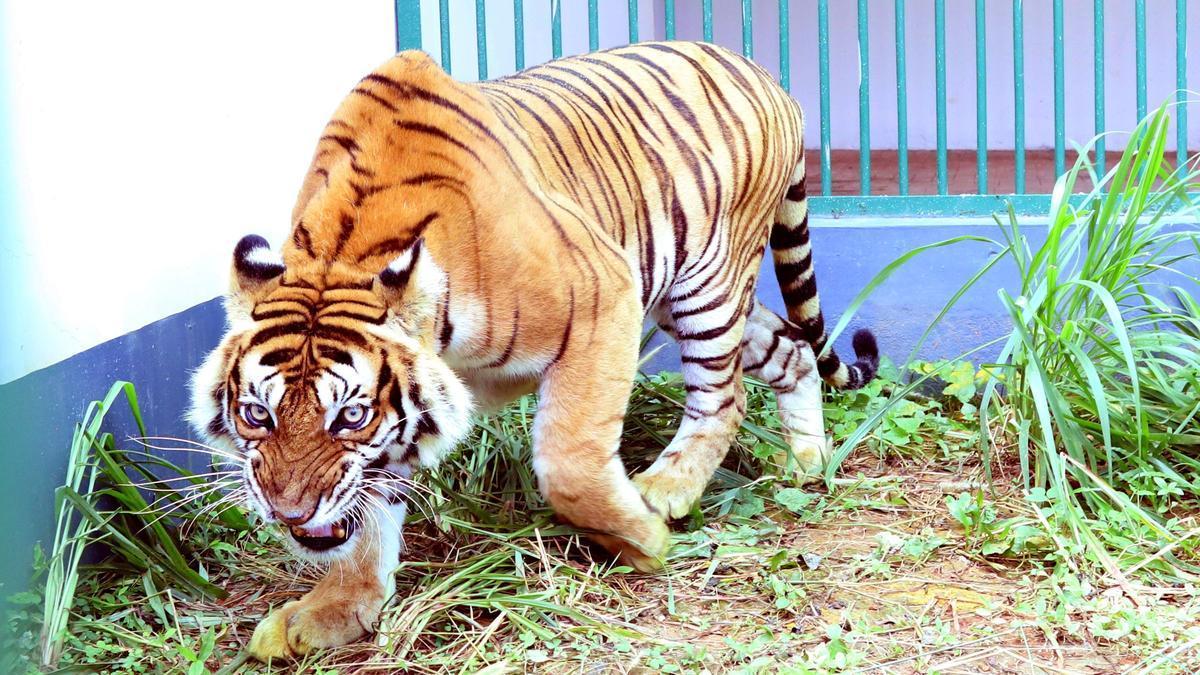“We really need help.” When the veteran hotelier Thakur Shatrunjai Singh Chundawat says this, he is expressing the challenge that royals in hospitality find themselves facing now. Of attracting the Indian traveller — who accounts for nearly 90% of the country’s tourism revenue post pandemic — to their heritage homes that have now turned into hotels and homestays. Chundawat runs Dev Shree Deogarh, a regal home 130 km from Udaipur. Its architecture draws inspiration from local monuments, including the imposing City Palace.
Prior to the pandemic, royals like him had a steady stream of foreign tourists, predominantly from Europe and the U.S., wandering through durbar halls, supping at their tables, booking cultural experiences in their neighbourhoods, and generating revenue — not just to maintain their grand residences but also to finance the public-interest trusts they’ve traditionally run. “Back in the 90s and early 2000s, media like Conde Nast Traveller and Lonely Planet did a lot of articles. When a reader, Indian or otherwise, would flip through their pages and stumble upon a place like Deogarh, they would call and come stay with us,” says Chundawat, 59. “We would also go to tourism trade fairs such as ILTM [International Luxury Travel Market] in London and PURE in Marrakech, and market our hotel experience to tour operators, who would bring us business.”
Thakur Shatrunjai Singh Chundawat
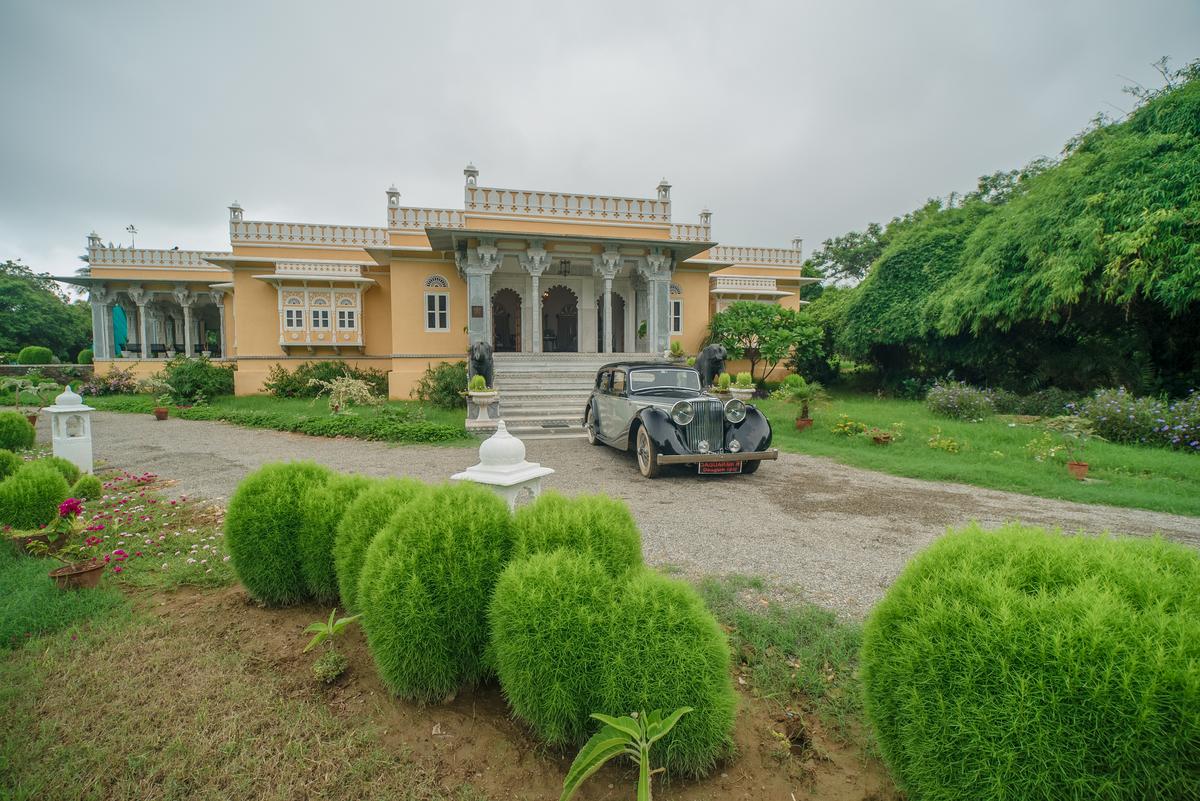
Dev Shree Deogarh
Today, with inbound tourism still well below pre-pandemic levels, heritage hoteliers are increasingly looking at domestic tourists interested in hyper-local cultural experiences, to bridge the earnings gap. Especially since Indian travellers — fuelled by an extensive web of highways, increased air connectivity, and the unprecedented independence in booking itineraries and experiences offered by Online Travel Agencies (OTAs) such as MakeMytrip, Booking.com and Airbnb — have begun travelling aggressively within the country. Add to this the Modi government’s Dekho Apna Desh campaign and Swadesh Darshan initiative, which have actively marketed domestic tourism to Indians.
But India’s royal hoteliers, even in states with higher concentrations of regal abodes such as Rajasthan, Gujarat, and Madhya Pradesh, haven’t been as aggressive in adapting to digital marketing. “Now travel decisions are Google search-led and unless you know of Deogarh, you won’t find us,” says Chundawat, who has seen average foreign tourist occupancy at his homestay drop by nearly 40% compared to pre-pandemic levels and barely a blip of a rise in domestic tourism. “We have been spending on SEO [optimisation] and Instagram. But it’s been a struggle getting domestic tourists to discover us.”
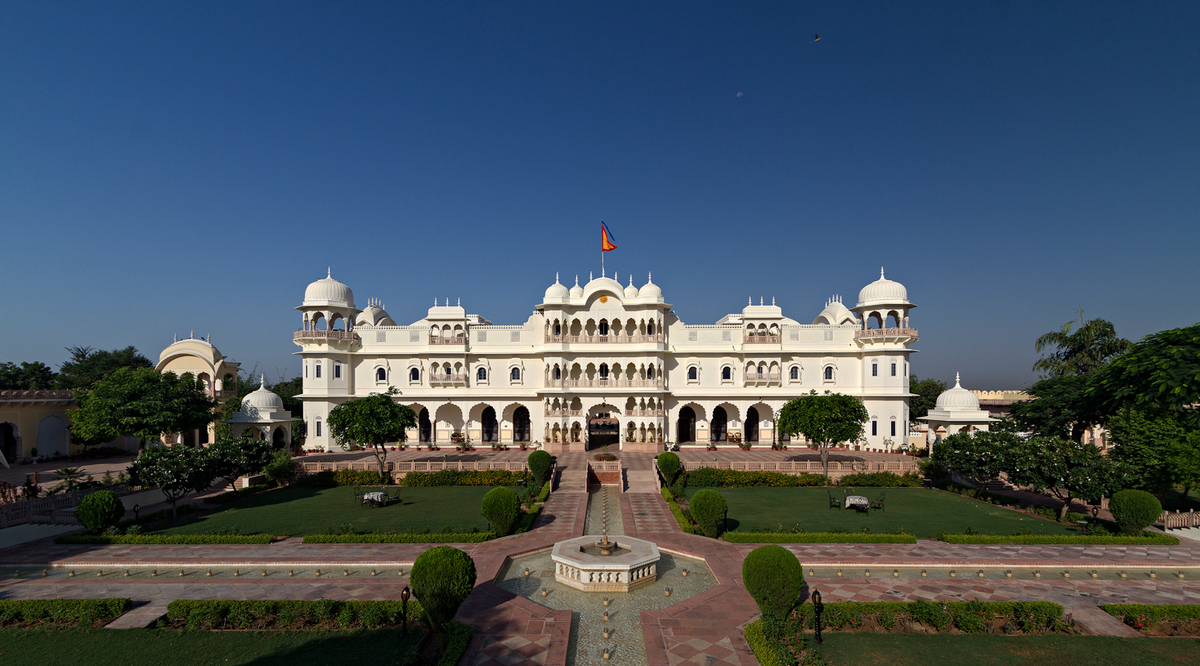
Nahargarh Ranthambhore
Look beyond state borders
I met Chundawat in September, on the sidelines of the annual Indian Heritage Hotels Association (IHHA) conference. The event was held in Swamimalai, home to one of South India’s six most venerated Murugan temples. That an organisation dominated by Rajput royals, including Gaj Singh, the titular maharaja of Jodhpur, had come here for their very first conference outside of Rajasthan seemed metaphorically indicative of the need to look beyond state borders for inspiration.
The IHHA has 201 members (141 from Rajasthan), and includes non-royal-owned heritage properties, such as the conference’s venue, the INDeco Hotels Swamimalai. At the meet, its owner Steve Borgia underlined the need for heritage hoteliers to embrace change. “Even five years ago, the travel agent was important because he alone knew the art of presenting our hotels and bringing us tourists,” he said. “Today, with digital portals [booking engines and social media], people are finding us online. We need to re-orient ourselves to this reality.”
IHHA conference
Over two days of meetings, speeches, lunches, dinners, and many a steaming dabara-tumbler of Kumbakonam degree coffee, those attending spoke passionately of the struggles to stay in business. The impact of GST rates that goes beyond room tariffs, for instance. “If we offer pav to our guests, it’s one rate. If it’s sliced bread then it’s another. Rates have to be rationalised,” stated Captain Gaj Singh, 67, head of the Alsisar royal family, in a plea similar to that by a Coimbatore restaurateur recently that allegedly got him into trouble. Then there was the ask for more foreign nationalities to be allowed visa-free entry. Suman Billa, additional secretary, Ministry of Tourism, a special invitee to the conference, responded by saying it’s a “matter being discussed within the government”.
Another hot topic was the need to create satellite destinations and divert tourist traffic away from vacationer magnets such as Jaipur, Jodhpur and Udaipur. To funnel them towards rural attractions, and to improve the infrastructure leading to them. “The experience of living in a fort or a palace is a big draw, but if the road leading to it is full of potholes, then that will spoil, or worse still, dissuade the visitor,” pointed out Jaidev Singh, the 28-year-old crown prince of the royal family of Kotah.
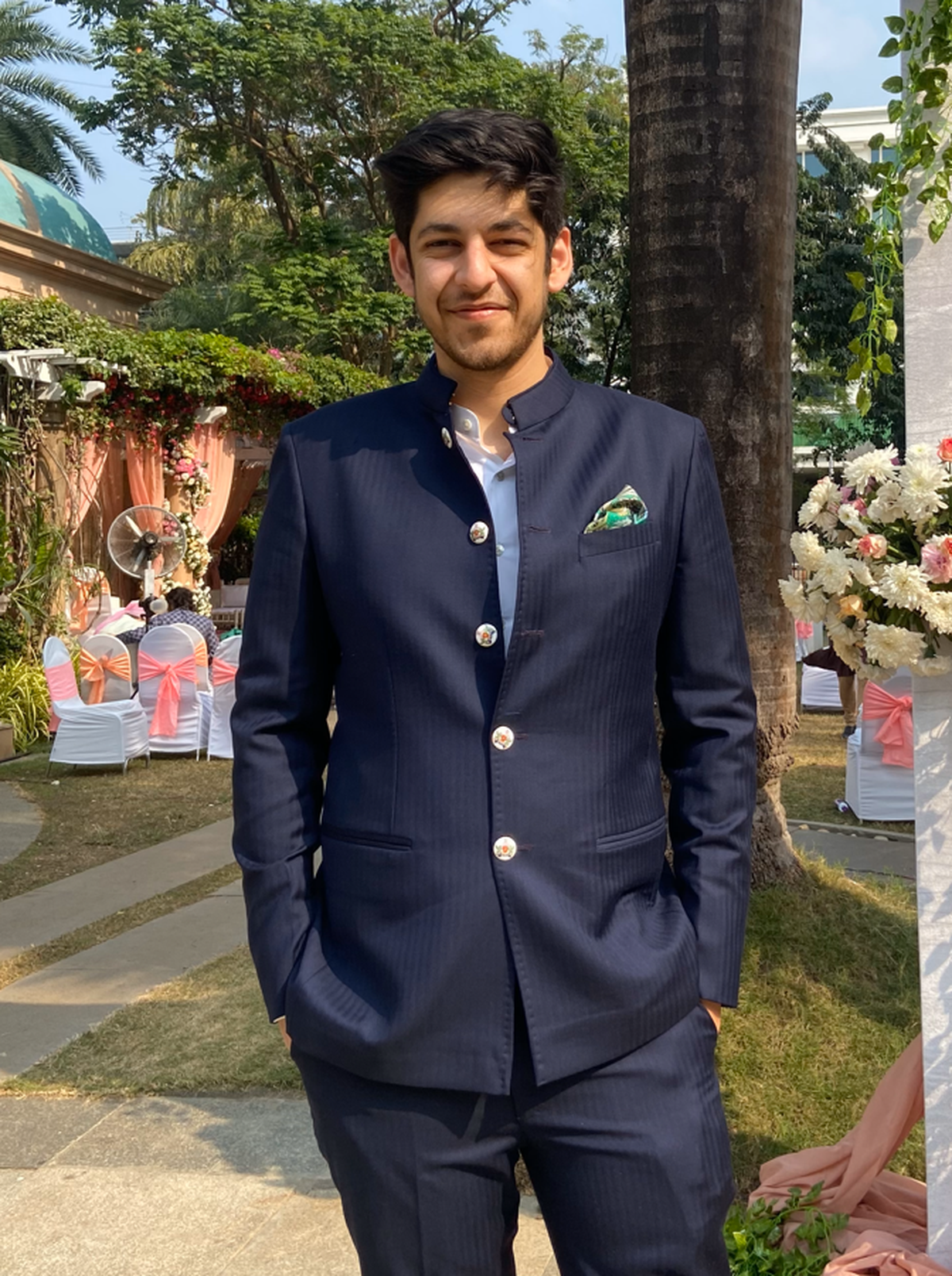
Jaidev Singh
While Kota city, in eastern Rajasthan, is known more for its coaching classes, Jaidev is hoping to change that through heritage tourism. He has spent the past year refurbishing the Kotah Garh palace, which houses the Rao Madho Singh Trust museum, and Umed Bhawan, an Indo-Saracenic-style palace hotel. “Each of our suites is dedicated to aspects of local culture and heritage, whether it be Kota miniatures or the Chambal River area, which is home to leopards, bears and crocodiles. We want our hotels to be a platform to showcase the rich legacies of art, history, and culture of the Hadoti region,” which, as I learnt, includes Kota.
Storytelling and seeking solutions
While several of these challenges require government intervention, a more practical approach to spotlight heritage destinations came from Thakur Angad Deo, 41, whose family runs the landmark Castle Mandawa in Jhunjhunu, Rajasthan. Deo suggested heritage hotels pool resources and jointly create IPs that will benefit entire regions. “If hotels in rural areas, like ours, can come together and create programming that showcases the art, culture, music and food of our region [Mandawa is part of Rajasthan’s Shekhawati region, known for its intricately painted havelis and unique cuisine, which showcases produce grown in the Thar], it will go a long way in giving tourists a reason to visit us,” he said at IHHA.

Thakur Angad Deo
It’s a suggestion that’s already in play in Chettinad, the region in Tamil Nadu dotted with over 10,000 lavish mansions of the Chettiar community. There, led by the formidable Meenakshi Meyyappan, founder of the heritage hotel The Bangla, an annual heritage and cultural festival has been a sell-out ticketed event, three years running. Furthermore, it’s resulting in the conversion of mansions into hotels and museums, and driving traffic into newer parts of the region. For instance, Patharaikudi, a village off the tourism grid, is where Chennai-based jewellery entrepreneur Sarath Selvanathan has turned his family home into an open-air art project. And according to data collated by the festival organisers, the festival itself has resulted in generating around 1,400 man-day hours of work for locals and, in 2023, contributed ₹2 crore to the region’s economy. The region’s hotels have also seen an increase of 8% in bookings by domestic tourists outside of the festival period.
But perhaps the most widely-accepted thought came from Maharaja Gaj Singh, who underlined the need for his kinsmen to own their narrative. To use storytelling to reach new audiences, especially tech-savvy Indians. “Cultural exchange is at the core of how we tell our stories,” he insisted. His own Umaid Bhawan palace, managed by Taj Hotels, is one of Rajasthan’s most popular venues for celebrity weddings, including that of actor Priyanka Chopra and musician Nick Jonas.

Gaj Singh II, titular maharaja of Jodhpur
| Photo Credit:
Getty Images
It’s a point that found resonance with many a young royal at IHHA — a storytelling that’s quite distinct from the kind of visibility that Mount Abu’s newest opening, The Jaipur House, has received, courtesy the personal brand built around its dashing owner, Padamanabh Singh of Jaipur. “Our families have lived there for generations,” says Mahadhriti, the 26-year-old son of Shatrunjai Singh Chundawat of Devshree Deogarh. “We know the culture, the stories, and the people. We have to figure out how to document it in a way that’s of interest to my generation. We have to use social media and short form content to push these stories and our histories forward.”
The challenges
GST: The hospitality industry has been seeking rationalisation of GST rates. Currently, a tariff between ₹1,001 and ₹7,500 is taxed at 12%, while those higher than ₹7,501 are taxed at 18%. GST charged on food and drink at hotels is also based on the room rate and hence higher than the average standalone restaurant. Cancellations are subject to GST, too. Overall, experts say this makes India a less attractive destination compared to countries such as Vietnam and Sri Lanka.
Visa-free entry: This incentivises visitors to make quick plans and has boosted tourism to destinations such as Turkey and Thailand, which offer entry to over 90 nationalities each. India currently grants visa-free access to just four nationalities.
Policy matters: The IHHA wants both Union and state governments to adopt policies to preserve heritage sites and promote heritage tourism. They cite Rajasthan’s Heritage Tourism Policy as one that can be emulated by others, such as Puducherry, Gujarat and Madhya Pradesh.
Creating satellite tourism centres: With cities such as Jaipur and Udaipur receiving excess tourism, the demand is to build better roads to, and create tourism infrastructure in, less-visited destinations such as Kota and Bikaner.
Practice makes perfect
Pointers can be had from Yeshwant Holkar, 42, of the Indore royal family, who has effectively used digital media to promote the family-owned Ahilya Fort Heritage Hotel in Maheshwar, Madhya Pradesh. “Storytelling is absolutely everything,” he says, over phone from the town on the banks of the Narmada, sharing how it has been partly responsible for the rise in domestic bookings, from 40% in 2019 to over 60% in 2024. “We’ve used storytelling to share the history and culture of Ahilya Fort and of Maheshwar. Not just through our communications channels, but by incorporating it into every experience we curate.”
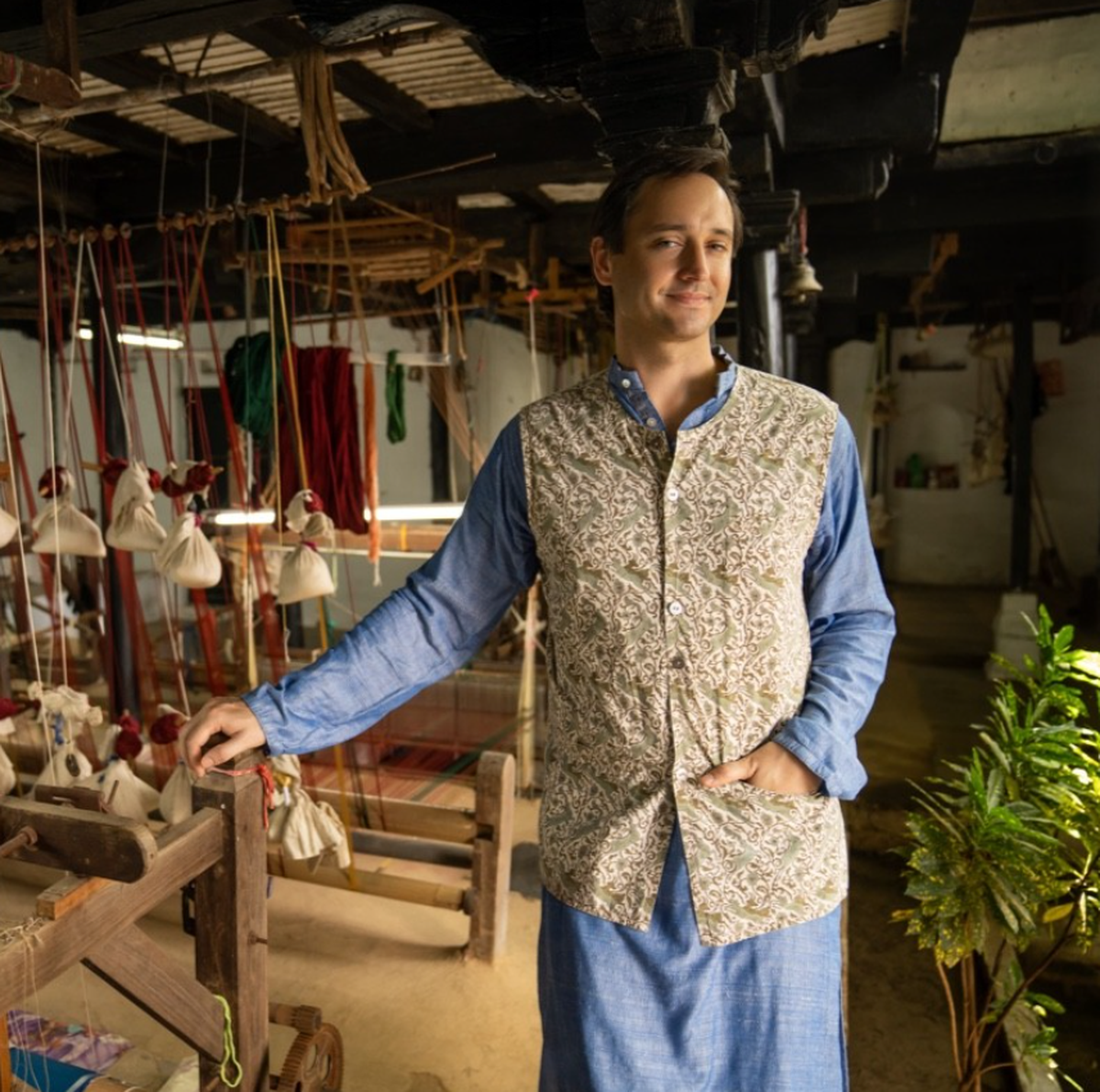
Yeshwant Holkar
The work the royal family does through its Maheshwari textile foundation REHWA; rituals performed at the fort palace since the days of the venerated 18th-century ruler Ahilyabai Holkar; and contemporary experiences, such as a culinary event, Cooking of the Maharajas, based on recipes from the royal kitchens of Central India — they’re all included in the hotel’s messaging. Full disclosure: four years ago, I played a part in crafting it. “My father started the Sacred River Festival [where the ghats, the temples, and the fort’s battlements, make for a unique historic setting] in 2001. We’ve only now begun actively promoting it on digital media,” Holkar adds, referencing the need for heritage hotels to use every arrow in their arsenal to draw eyeballs and convert them into revenue.

Boating at The Ahilya Fort Heritage Hotel
The art of that hustle has been perfected by Mrinalika, 33, and Akshita Bhanj Deo, 31, of Odisha’s Mayurbhanj royal family. Since the launch of Belgadia Palace in 2019, the sisters have carefully constructed an identity for their chic 11-key, 18th-century property, whose architecture was originally designed to mimic that of Buckingham Palace. Their messaging has ranged from showcasing indigenous tribal artists as the region (and hotel’s) ambassadors, and real-world brand extensions, such as a craft-based label, Hasa Atelier, to Wes Anderson-inspired videos and a collaboration with the American company Global Beauty Secrets, which uses the royal family’s herbal concoctions in its products.

Mrinalika and Akshita Bhanj Deo
| Photo Credit:
Talib Chitalwala
“We decided we will tell you who we are, where we’re from, and why we are a global hospitality destination,” says Mrinalika. We spoke while sampling chef Niyati Rao’s (of Mumbai restaurant Ekaa) memorable take on the Odiya dish dalma at a collaboration that introduced Mayurbhanj cuisine to potential travellers from the Maximum City. “We keep in mind whose story are we telling, how does it include other people in the narrative? Is it a maharaja talking about his grandfather who was knighted by the British? Or is it a man talking about his grandfather’s life in the 1950s when it was a completely different India and the world? You don’t have to say, ‘We have a 200-year-old property’. The reader/viewer will pick up on it.”
As she speaks, acronyms such as KOL and DNA tumble out. “Perhaps because we come from the Internet generation, these terms are second nature to us,” she replies with a laugh, when I ask what KOL (Key Opinion Leader aka influencer) meant. “We’ve used things that we know are trending [on social media] and that we are interested in ourselves. Maybe you’re not an avid traveller, maybe you haven’t heard of Odisha, maybe heritage properties are not of interest to you. But if fashion is of interest to you, if food is of interest to you, if beauty is of interest to you, then you will discover our brand.”
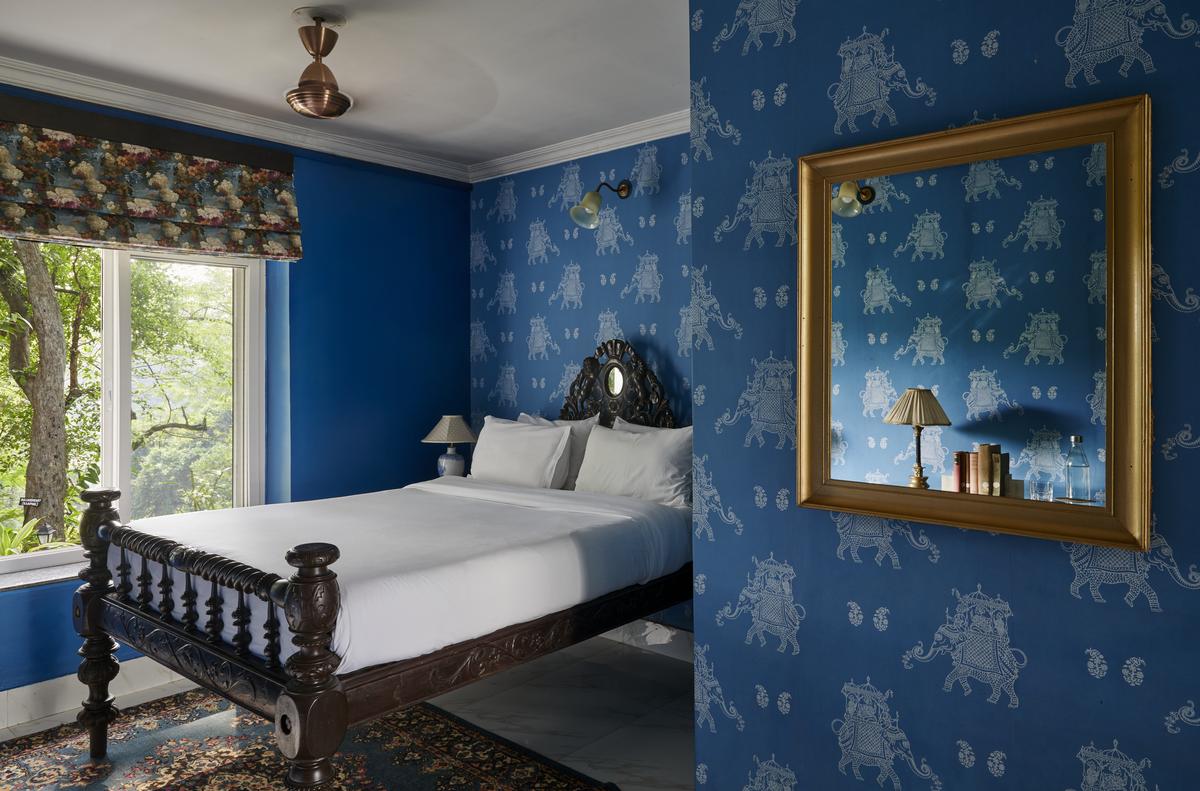
A room at Belgadia Palace
| Photo Credit:
Talib Chitalwala
Talking numbers
10.93 million: The number of foreign tourist arrivals (not including NRIs) in 2019 — rising from 1.28 million in 1981. As of June 2024, FTA stood at 4.78 million, raising hopes of reaching pre-pandemic levels by year-end.
1.73 billion: The number of trips around the country that domestic tourism accounted for in 2023, according to India government data.
₹14.64 trillion: What Indians spent on domestic travel in 2023, up 15% since 2019, according to the World Travel and Tourism Council.
Closer home to our Rajput royals, Abhimanyu Alsisar, 39, Captain Gaj Singh’s son, has taken a similar interest-led route to establish his native destination on the global tourism map. He took his love for underground music and married it to Rajasthani folk while establishing the Magnetic Fields Festival. Held annually on the lands surrounding the 17th-century Alsisar Mahal, its 10th year lineup varies from electronic musician Nicola Cruz to Manganiyar vocalist Bhanwari Devi. “Today, whatever domestic movement we get is because of the festival,” says Abhimanyu, a co-organiser of the festival.
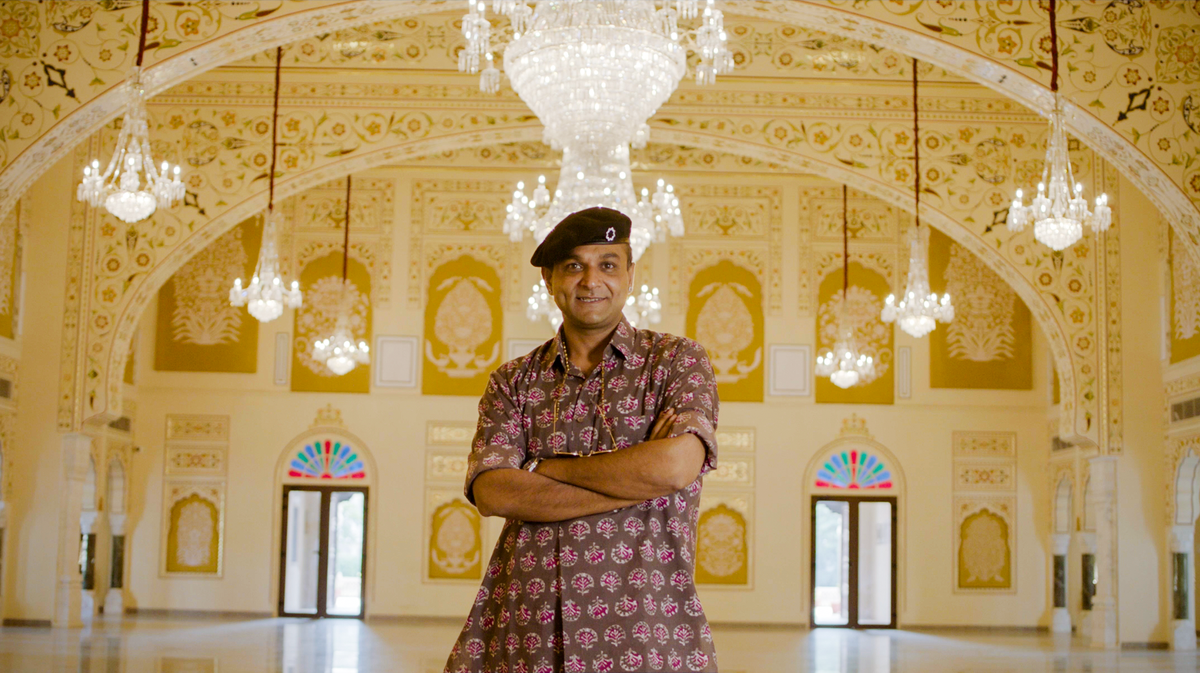
Abhimanyu Alsisar
He has also used food, powered by a tie-up with Mumbai’s Masque, one of India’s top restaurants, to draw attention to another one of their hotels, Nahargarh, in Ranthambore. Here, he and Masque owner Aditi Dugar curate a guest list that both appreciates food (a mash-up of Masque’s creative fare produced using local ingredients such as ker berries) and generates social media buzz. “These collaborations are new ways of marketing our hotels and our destinations,” he adds.
Out-of-the-box thinking
“Things have really changed in India in the last decade,” says Sonavi Kaicker, CEO, Neemrana Hotels. The pioneering company has restored and converted 13 heritage structures across India, such as Gwalior’s Deo Bagh and Patalia’s Baradari Palace, to house tourists. “Earlier, it was really the foreigners who were interested in a cultural show or going out into the villages. Indians were content with a few good meals and the use of a swimming pool. Today, they want to go on historical tours. They want immersive local experiences. And we’ve had to build newer experiences that they find interesting.”
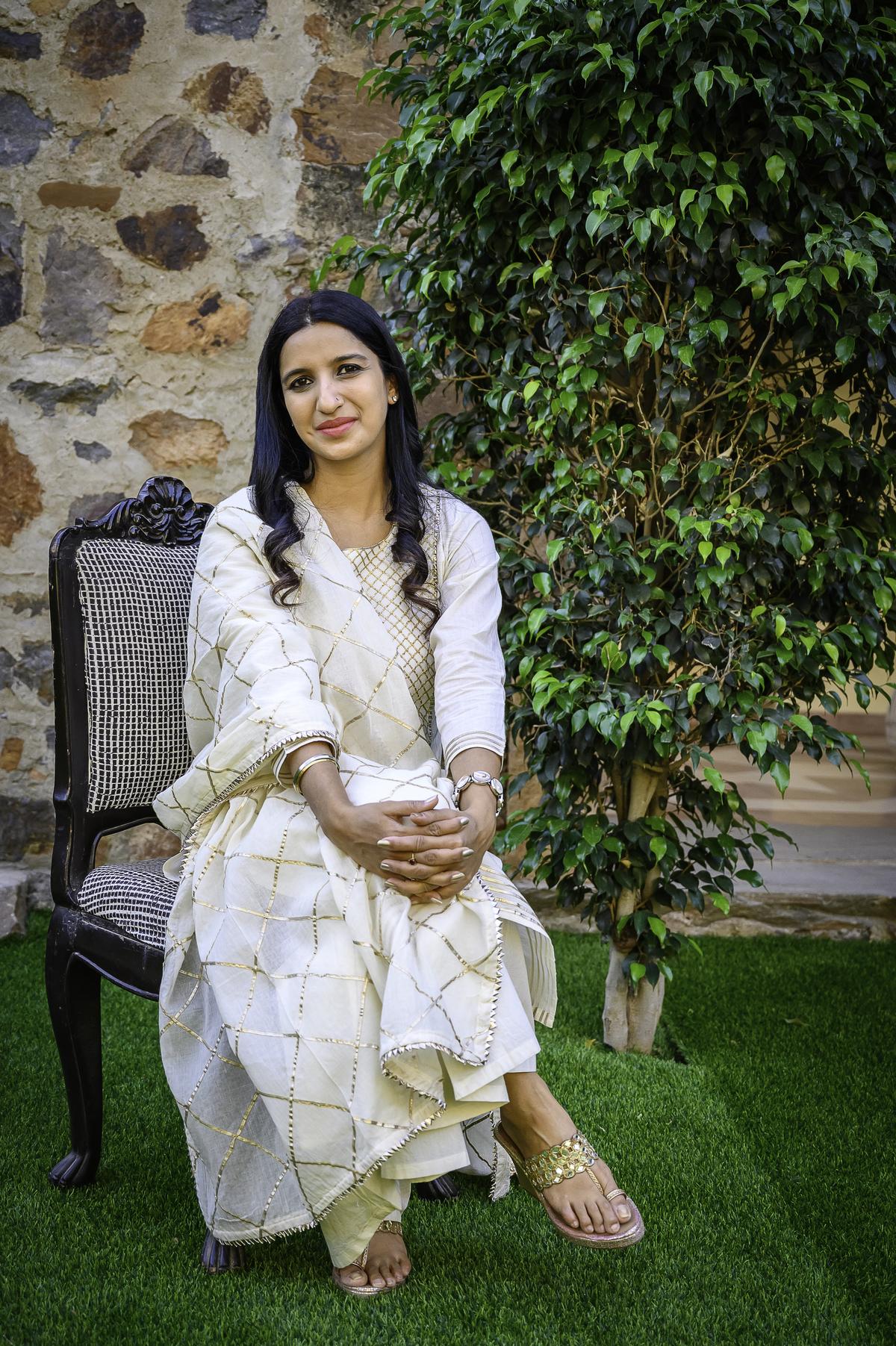
Sonavi Kaicker
Abhimanyu agrees, saying, “At Alsisar Mahal, for example, we offer guided visits to meet artisans, and a jeep safari that culminates with sundowner drinks on the dunes.”
The other thing that Kaicker says is imperative for royal-owned heritage hotels is to work on upgrading their own infrastructure. “We’ve had to face certain facts. For instance, guests would come to Neemrana and say, ‘This is a wonderful place. But just because it’s a heritage building doesn’t mean you have to have a heritage bathroom.’ And it was a fact.” She has responded to customer feedback and upgraded Neemrana-managed heritage properties. “We’ve added a heated pool at the 15th-century Neemrana Fort-Palace. We’ve installed EV charging stations at the 19th-century Tijara Fort-Palace. And we’re working on making all our properties pet-friendly,” she says.
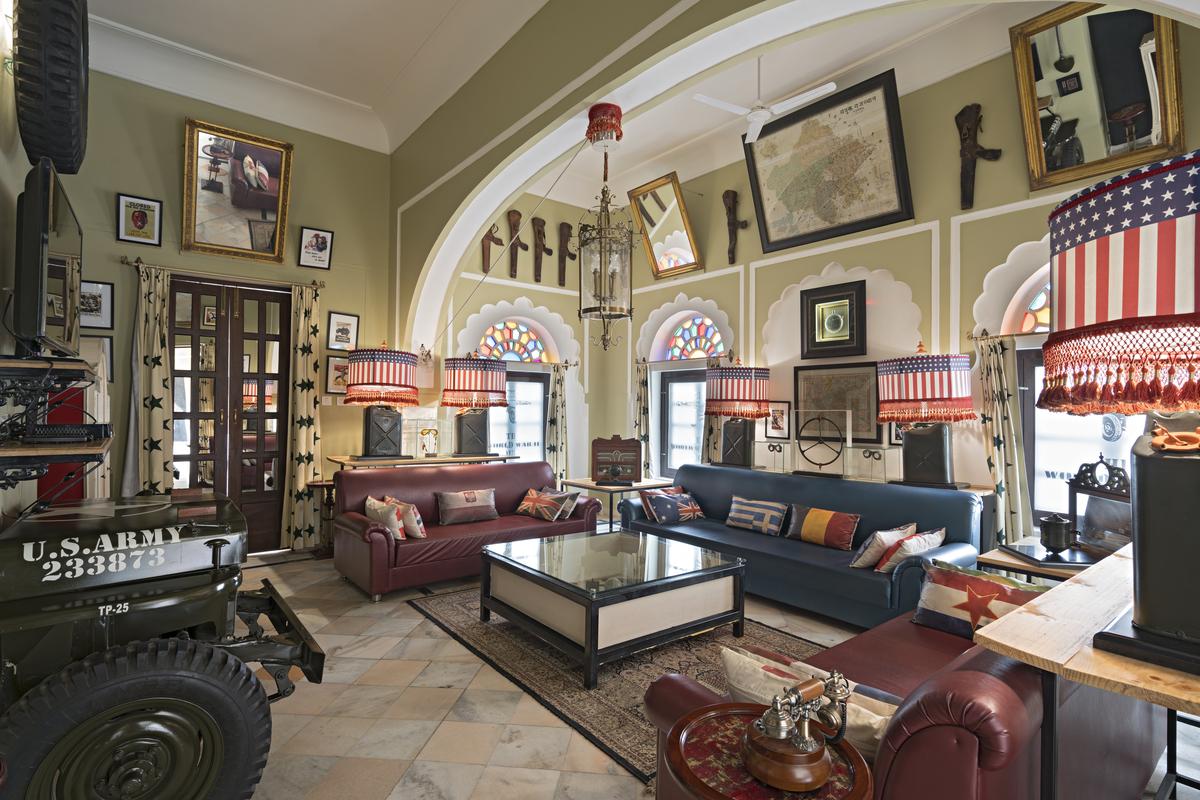
World War II Lounge at Alsisar
Meanwhile, on the last afternoon of the conference, as he posed for pictures under a punishing Thanjavur sun, I asked Maharaja Gaj Singh, a strong proponent of ensuring tourism reaches the remotest of heritage sites, what his definitive piece of advice was for his fellow heritage hoteliers.
“When Maharaja of Jaipur, Sawai Man Singh II, turned Rambagh Palace into a hotel in 1957, people asked, ‘What’s wrong with him?’ But Man Singh ji knew tourism could help save our heritage. Today, we need that kind visionary, out-of-the-box thinking,” he shared. Words to ponder. Words to live by.
The writer is based in Mumbai and reports on travel and culture.
Published – October 25, 2024 02:37 pm IST


